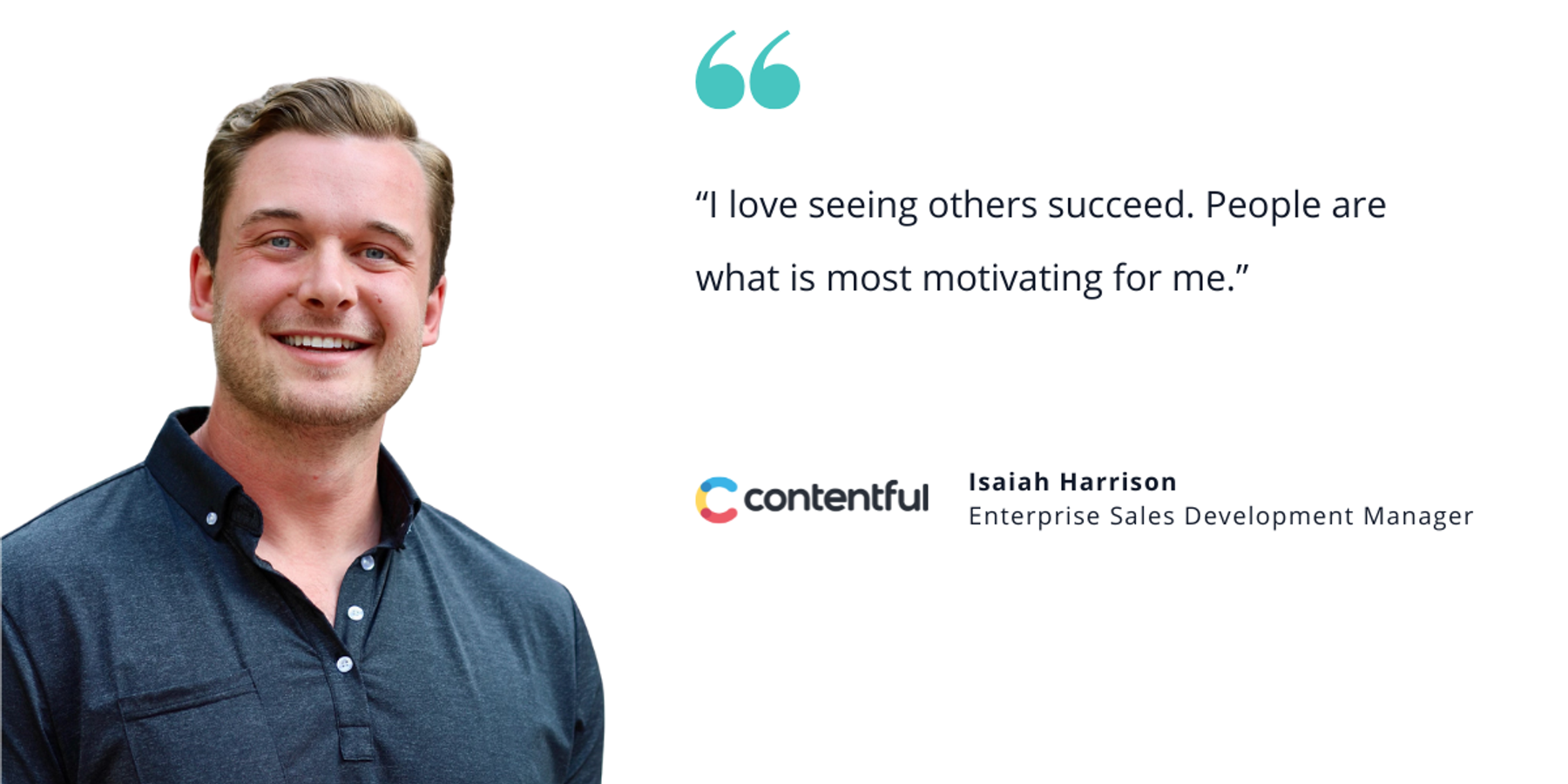Looking for a job change? We’ve got you covered! A job application tracker and a whole game plan lay ahead!
Career transitions are supposed to feel like an upgrade, right? Like if you went from the family hand-me-down car to a new, premium sedan. However, when you are at the start of that journey, it might feel more like you are trading your wheels in for a looooong walk ahead, paved with hurdles like dozens of job applications, rejections, uncertainty, and anxiety — but we have good news! That’s the side of career transition that’s easily manageable with a SMART plan and a great job application tracker. (What’s SMART about? Keep reading.)
A step-by-step guide on changing careers
Step 1: The mindset
Change (of any kind) takes courage and involves risk. It might have started out as a little thought of discontent or wanting more, which steadily grew into a clear voice, “Yes, I want a career change." With clarity, one can also see the pros and cons.
So, the first thing we want to really strengthen is our clarity and conviction. If we are going to do this, we have to do this with “practical optimism." (This, too, becomes clearer ahead!)
Step 2: Why am I doing this?
You’re going to find a lot of questions in this blog because career changes involve some serious introspection. When we change our profession, we are also recreating our whole lifestyle, routine, purpose, and future. Needless to say, this requires deep self-knowledge and some digging.
Start with asking yourself: What’s missing currently? What exactly do I need that I don’t have?
There are no wrong answers here! You could want more fun, more passion, more purpose, financial stability, and free time. It’s important, however, that you really know (before you start) what it is that we are making a shift for.
Sometimes, this ‘why’ can tell us about the problem more vividly than we originally thought. For instance, you may not yet be done with the industry, but just the job profile, or maybe just the workplace. Before you start hunting, it’s really crucial to know the difference!
Step 3: When am I doing this?
I know, I know – you expected ‘what’, but that comes later, I promise! Asking when you want to make this change helps define the timing for yourself. You may have to factor in things like your current finances, employment conditions, and other existing commitments.
It’s probably a good idea to not make a sudden leap; instead, you might try picking up your preferred new career as a side hustle first. When you have built sizable momentum in that direction, you can then make a smooth transition into it.
When we are setting timelines, it’s important to also remember the “rejection buffer”. Yes, prepare for some delays, rejections, and recalibrations. A career pivot is also a venture into new territory, it will come with more than a few unforeseen developments.
Step 4: What are we doing?
Okay, now we can ask the star question. Here’s how we find your ‘what’:
- What are you good at?
- What are your skills from the previous job you want to take with you?
- What are the new skills you want to learn?
- What is it that you want from this new career?
- What are our monetary expectations from the job?
- What are some responsibilities (financial, physical, or emotional) that need to be taken care of?
All of these questions are crucial and their convergent point is, ideally, your ‘what’, but there’s no exact right recipe. You may even find multiple right answers, but this is where we start to go about it the SMART way. (Told you we’d get back to it!)
Step 5: SMART goals only.
Specific, Measurable, Achievable, Relevant, and Time-bound goals…aka SMART goals.
Think of it as not just a means of changing careers, but also your risk mitigation framework, in case you need to make some pivots during the process. The questions above handle the macros of career changes, so here’s how we do the details and the micros:
Don’t just research. SMART research.
SMART Research is deep research. Use platforms such as LinkedIn, Indeed, and PowerToFly’s job board to find out everything there is to know about a job, so you can make a more informed decision. Make a list of your top 10 positions, and from this list, narrow it down to the top five jobs you want to apply for. This can be based on location or flexibility, the kind of projects we want, the kind of brand we prefer, etc. While it’s likely you’ll have to apply to more than five jobs in total, repeating this step until you find the dream gig is a great way to curate your job hunting experience to align with your goals!
Don’t just network. SMART network.
SMART networking is worth it for the long-haul. Making use of professional social media to connect with experts in the new industry. Find peers who are also making a career change (pro-tip: like here!). Enrolling in workshops and mentorship programs in the industry or close to the jobs you’re looking at will help you learn and grow faster.
Don’t just pick. SMART pick.
SMART picking is specific and relevant. Just as we have defined the five jobs we want to apply for, we also have to decide on their actual match rate. Say we get an offer from three of them; which are we going to pick in the end? In the case of multiple concurrent job applications at different stages, how much time to allocate for which assessment or interview?
Lifestyle and your original wish list will factor in here too. What kind of job roles are a fit? Are you okay with a contract position? Do you feel comfortable working hybrid, or do you want to be fully remote or on-site? Pick. Pick. Pick. Iron out all these little wrinkles before you put on the coat!
Don’t just apply. SMART apply.
SMART applying is measurable and time-bound. First, see if you can set aside a time for only doing applications — say two hours every Tuesday, or thirty minutes after work every day, whatever works best for you and your needs. Then stick to your own boundaries so you can avoid burnout!
Secondly, let’s get methodical about our job applications. We can map them using a smart job application tracker and keep everything in a tab (literally!). A clear look at the process would help us gauge where our bottleneck is, what are the stages we are good at, the companies we have applied for, a timeline of applications, etc. A clear look at the process would help us gauge where our bottleneck is, what are the stages we are good at, the companies we have applied for, a timeline of applications, etc. More accuracy, less anxiety.
Don’t just aim. SMART aim.
SMART aiming is more achievable and relevant: You’re not going to abandon all the work we just did once you land your dream job. The ‘why’ we started with (first question for a reason!) — has it been met? Set clear benchmarks and milestones for your new job as well. Here are more tips for goal setting that are practical and actionable.
Step 6: Practical optimism
Job hunting requires motivation (sometimes a lot of it). Expect some initial hiccups, hesitation, and rejections. There may be days when you have doubts. For those days, save this read: How to achieve your goals.
We want you to give this a fair shot and remain encouraged and optimistic. SMART goals help you know when to push harder and when to pull back, or when to re-evaluate and re-attack.
Download our job application tracker
It’s always a good idea to monitor, redirect, and course-correct. We’ve made a handy job application tracker to help our community gain visibility, organization, and clarity during their job hunt.
A simple to use job application tracker for your convenience, with all the data fields you need, broken down into all the job stages, from pre-interview to various interview rounds, to negotiation to a successful career transition. Get our free downloadable job application tracker template right here!






